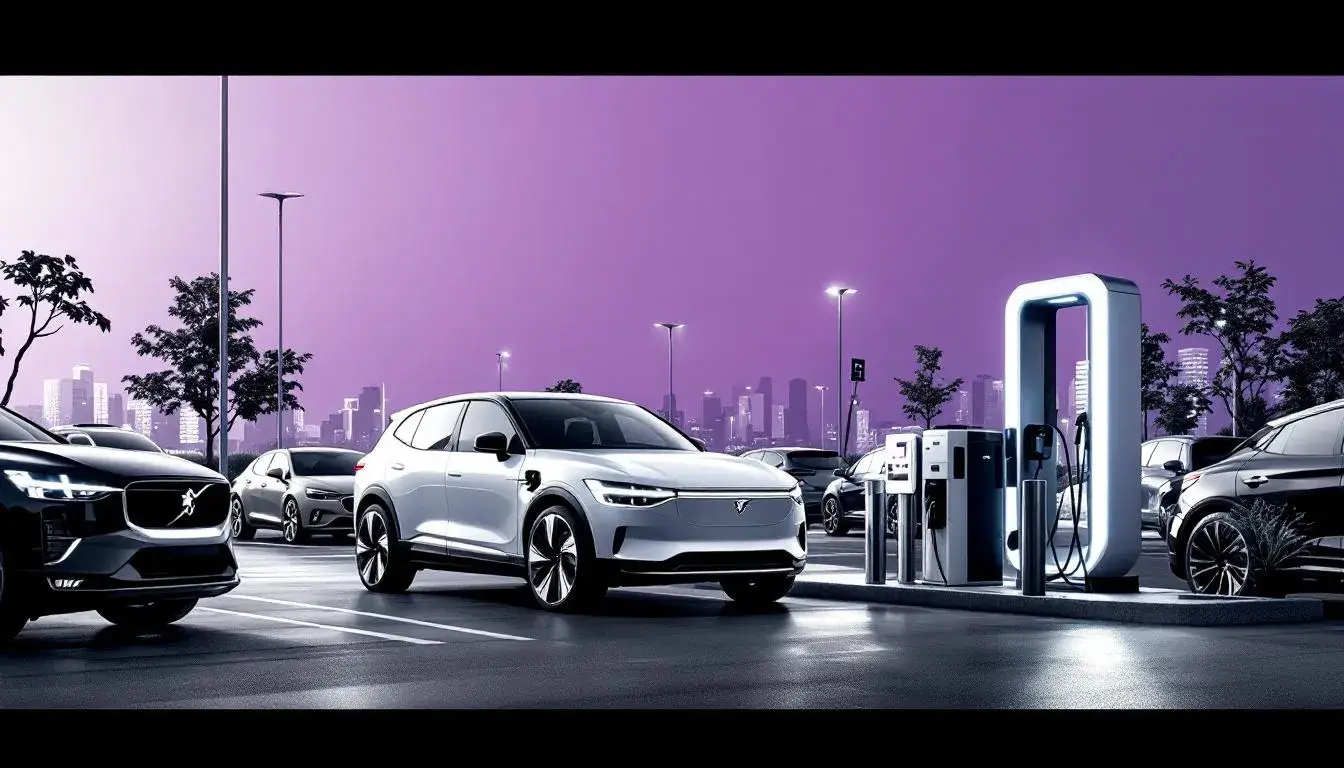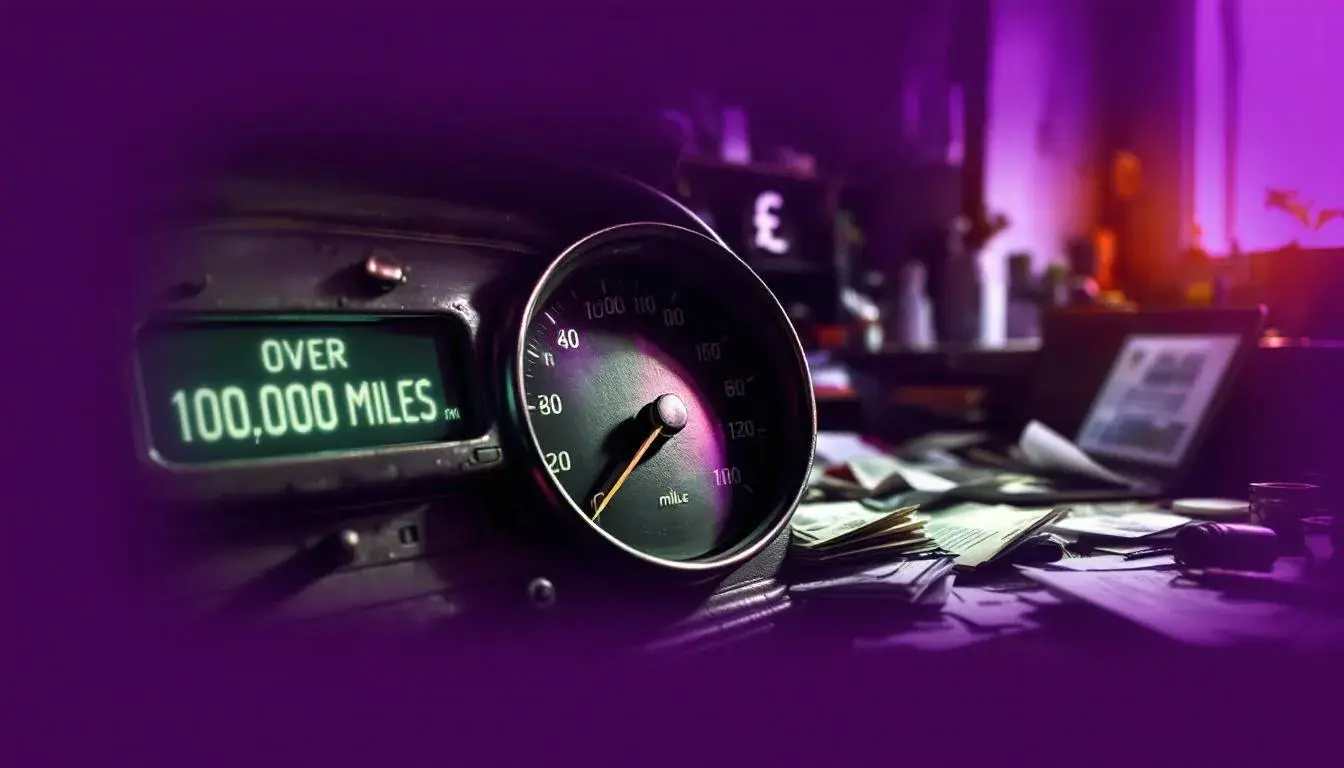
Polestar and Other EVs Explained

Why This Guide Matters
Electric vehicles (EVs) have moved from niche to mainstream. Brands like Polestar are joining established names, offering more choice and sparking questions about what’s best for you. If you’re considering motor finance for an EV, the landscape can seem crowded and complex. Terms like range, charging, and depreciation are now part of the everyday car-buying conversation. So, why does this guide matter? Because it cuts through jargon and speculation, giving you the essentials to make informed, confident decisions about financing an EV in the UK—whether you’re set on a Polestar or still weighing up options. The right knowledge today can save you time, money, and stress tomorrow.
The Basics Explained
Electric vehicles operate differently from traditional petrol or diesel cars. Instead of an internal combustion engine, they use electric motors powered by rechargeable batteries. This fundamental shift brings a host of benefits, including lower running costs and zero tailpipe emissions. Polestar, a relatively new Scandinavian brand, positions itself as a premium EV manufacturer, competing directly with Tesla and established carmakers’ electric offerings.
Key features of EVs:
Battery capacity: Determines driving range and charging needs.
Charging infrastructure: Home and public charging options vary by region.
Running costs: Lower than petrol or diesel due to cheaper electricity and fewer moving parts.
Government incentives: Road tax exemptions, congestion charge relief, and grants (though some are reducing).
EVs are available in various styles, from compact city cars to high-performance SUVs. Polestar, for example, currently offers the Polestar 2 (a stylish saloon) and plans more models. Understanding these basics is crucial before you delve into finance options.
How It Affects You
Choosing an EV impacts your daily life and long-term finances. Here’s what UK consumers should consider:
Charging Convenience: Home charging is ideal, but not everyone has off-street parking. Public charging networks are expanding, but coverage and speed vary.
Range Anxiety: Most modern EVs—Polestar included—offer 200+ miles per charge. However, driving style, weather, and battery age can affect real-world range.
Depreciation: Some EVs have seen faster initial depreciation than traditional cars, though this is stabilising as the market matures.
Servicing and Running Costs: With fewer moving parts, EVs typically cost less to maintain. Electricity is cheaper per mile than petrol or diesel.
Resale Values: The second-hand EV market is growing, but values depend on battery health, warranty, and model desirability.
Financing an EV is similar to other cars: hire purchase (HP), personal contract purchase (PCP), and leasing are all available. However, grant eligibility and potential higher upfront costs can affect monthly payments and total cost of ownership. Knowing what to expect helps you avoid surprises.
Our Approach
At Kandoo, we see ourselves as more than just a finance broker. Our role is to clarify, not complicate. Here’s how we help you navigate the EV market, with Polestar and beyond:
Expert Guidance: Our advisors keep up-to-date with the evolving EV landscape—from government incentives to new model launches—ensuring you receive accurate, relevant information.
Tailored Finance Solutions: We work with a panel of UK lenders, offering products suited to your budget, credit history, and needs. Whether you’re considering HP, PCP, or personal loans for a Polestar or another EV, we compare options for you.
Transparent Costs: We break down the total cost of ownership, including expected running costs, charging fees, insurance, and potential grants. This helps you see the full picture, not just headline monthly payments.
Battery Health Checks: For used EVs, battery condition is key. We advise on warranties, battery lifespan, and what to look for in a pre-owned Polestar or other model.
Support at Every Step: From initial enquiry through to purchase and aftercare, we aim for a smooth, jargon-free experience. We liaise with dealers and lenders so you can focus on choosing the right EV for your lifestyle.
Our approach combines technology with a human touch, ensuring you’re informed, protected, and confident in your decision.
Before You Decide
Switching to an EV is not just a financial decision—it’s also a lifestyle change. Consider these important factors:
Charging Access: Do you have a driveway or designated parking? Home charging is more convenient and often cheaper.
Driving Patterns: How far do you travel daily? Occasional long trips may require planning for rapid charging stops.
Local Incentives: Some UK cities offer extra perks for EV drivers, such as free parking or access to clean air zones.
Insurance: Premiums are generally comparable to petrol/diesel cars, but check for specialist EV insurers.
Futureproofing: The EV market is evolving quickly. Resale values and technology may change, so consider how long you plan to keep your car.
Take time to test-drive different models, compare finance quotes, and ask about charging solutions at home and on the road. The right preparation ensures your EV experience is as smooth as possible.
What’s Real, What’s Hype
Electric vehicles, and Polestar in particular, are surrounded by both optimism and exaggeration. Let’s separate fact from fiction:
“EVs are only for the wealthy.” Entry prices are falling, especially with used models and finance deals.
“Batteries don’t last long.” Most EV batteries come with 8-year warranties and are designed for 100,000+ miles.
“Charging takes forever.” Rapid chargers can deliver 80% charge in 30–40 minutes, ideal for longer journeys.
“Choice is limited.” The UK EV market is expanding rapidly, with dozens of models now available.
It’s wise to look beyond bold marketing claims and base your decisions on real-world data and independent advice.
Pros & Cons
| Pros | Cons |
|---|---|
| Lower running costs | Higher upfront price |
| Zero tailpipe emissions | Charging infrastructure varies |
| Smooth, quiet drive | Range can be affected by use |
| Road tax/congestion relief | Potential faster depreciation |
| Simple maintenance needs | Battery replacement (rare) |
In summary:
EVs offer compelling savings and lower emissions.
Consider infrastructure and resale when making your choice.
Other Options to Consider
If a Polestar or full EV doesn’t fit your needs, there are alternatives:
Plug-in Hybrids (PHEVs): Combine electric and petrol power. Short daily trips can be electric-only, but you have a backup engine for longer journeys.
Hybrid Vehicles: Don’t plug in, but use battery-assisted petrol/diesel engines to improve efficiency.
Efficient Petrol/Diesel Cars: Modern engines are cleaner and more economical than ever. For high-mileage drivers or those in rural areas, they may still make sense.
Used EVs: The second-hand market is growing, offering cheaper access to electric motoring—especially as early models become available at lower prices.
Car Clubs/Subscriptions: For occasional drivers, membership or flexible subscriptions can provide EV access without ownership hassles.
Each path has its trade-offs. Consider your budget, travel habits, and how soon you want to switch before committing.
FAQs
Q: What is Polestar and how does it compare to Tesla? A: Polestar is a Swedish electric performance brand, jointly owned by Volvo and Geely. It focuses on minimalist design and sustainability, whereas Tesla is known for its tech-led approach and global charging network. Both offer high-quality EVs, but with different strengths.
Q: How much does it cost to run an EV? A: Charging at home is typically 4–6p per mile, compared to 12–15p for petrol cars. Servicing costs are lower due to fewer moving parts.
Q: What finance options are available for EVs? A: PCP, HP, leasing, and personal loans apply to EVs just as with petrol/diesel cars. Some green finance products offer better rates for low-emission vehicles.
Q: How long do EV batteries last? A: Most modern EV batteries are designed to last 8–10 years or more, with warranties to match. Degradation is gradual and rarely impacts daily driving within the warranty period.
Q: Is charging infrastructure good enough in the UK? A: Coverage is improving rapidly. Most urban and motorway areas have good access to rapid chargers, but rural locations may have gaps. Home charging remains the most convenient option.
Q: Are there government incentives for buying an EV? A: Currently, EVs are exempt from road tax and congestion charges. The Plug-in Car Grant has ended, but other local incentives may be available.
Q: Will I save money overall by choosing an EV? A: Over several years, lower running and maintenance costs often offset higher upfront prices. The savings depend on how much you drive, charging access, and resale value.
Next Steps
If you’re considering a Polestar or any EV, take time to compare models, visit dealerships, and gather finance quotes. Check your home charging options, research local incentives, and ask for a detailed total cost breakdown. At Kandoo, we’re ready to answer your questions and guide you through your EV journey, with transparent advice every step of the way.
Buy now, pay monthly
Buy now, pay monthly
Some of our incredible partners
Our partners have consistently achieved outstanding results. The numbers speak volumes. Be one of them!


Gardenhouse24

Elite Solar PV










